![]()
Busy Bosses Ridge
Mont Blanc or Monte Bianco as it is known by Italians. Commonly known as the Death Mountain or the White Killer. The Mont Blanc kills so many people every year that it's difficult to keep track of its numbers, it is quite difficult to find a site online that determine "this is the total number of deaths up to date." Not easy to find and I think there isn’t one. This is a quick analysis of the mountain and its frightening numbers that made the Swiss Alpine Club rethink about safety on the roof of the Alps this year.
The accident this year put everything back on the table. The deadly avalanche that killed nine experienced climbers made everyone in Europe recall, and made things more than clear that when it comes to avalanche risk, doesn’t matter the experience of the climber, doesn’t matter how well-made is a protection, it will be dragged down the mountain, the protection, the climber and everything that stands on its way. His lifeless body will be torn apart and it will be buried under several feet of snow. Fact. We just have to remember the great names of world mountaineering that found their demise with a big avalanche. Otherwise, they would continue their brilliant achievements, bold routes and aggressive approaches up in icy alpine slopes, north american, canadian, Hilamaia and the andes.
![Mont Blanc - Bosses Ridge]() Bosses Ridge - The start
Bosses Ridge - The start![Rest before the final push to Mont Blanc summit]() Bosses Ridge - Almost there
Bosses Ridge - Almost there
I do not know if people realize how many die each year in the Alps, not only Mont Blanc, but in all the Alps. Let me remind you of the “Winter of Terror”, between 1950 and 1951, when it was registered in the Alps an unprecedented number of major avalanches, 649 big ones. Death toll only in those 3 months? Nothing less than 265 climbers. Can you guys believe it?
So, do not be impressed when reading or watching the news on TV about 9 killed in one avalanche on Mont Blanc, this is normal and be glad it was just nine and not twenty considering the size of the avalanche. It is not normal nine climbers die at once, but in total every year, two dozens die. The news only fail to reach the eye because separate events occur separated by weeks or months, but adding the whole year, then you see what happens in the Alps.
In absolute numbers, the Mont Blanc kills more than any other mountain that attracts many adventurers seeking its icy summit. Unfortunately, the greater the number of people trying to climb Mont Blanc, more people die. Another year that was mortal in this mountain and its secondary summits was 2007, when 30 people died in total on the season, another bloody year and a score of many points for Mont Blanc and defeat for us men.
![]()
How small are we?
![]()
Marcel Argenton and the Grand Couloir behind him. On the other side, a team already gets ready to scramble Aiguille Du Gouter.
![]()
If you're at this point you're clear of the main killer: Grand Couloir
What happens is that the media keeps alongside and focuses on very high mountains in the world lets say 8000m peaks, masking, casting a shadow of what happens thousands of miles away in the west. Not only in the Alps, in the United States and also in the Andes. Moreover, taking into account the number of deaths across the Andes and its 110 mountains over 6000 meters high (yes, there is in the Andes 110 mountains over 6000m!), it can be observed quickly that the number of fatalities here is infinitely smaller than the Alps and the Himalayas.
I think it’s easier to understand. Despite being much larger than the Alpine range of mountains, the incidence of avalanches and glaciers here in the Andes is infinitely smaller. Here the glaciers are smaller, less present, they melt faster in the summer, and we have the absurdity of 6000m+ mountains that are completely free of ice or snow, which melts in a few hours when it’s not winter. Thus, security in major Andean mountains depends almost exclusively on only one factor: A good Acclimatization.
Of course, we must also concern ourselves with weather and that can be unforgiving, but the chances of escaping a whiteout say up in Licancabur volcano, a great mountain of 5.920 meters (or 19.300 feet), compared to the Eiger (3.970 meters or 13.000 feet) and Monch (4.107 meters or 13.475 feet) is much higher. If you see yourself in a whiteout situation in the Alps is really complicated. The mountains are much, much more sharp than the Andean mountains, so one wrong step could mean free fall of 300, 400, 500, 1.000 vertical feet towards certain death. This couldn’t happen in Licancabur volcano since this is a cone shapped volcano, you just point down and run! And Licancabur is 1100 meters higher then Mont Blanc.
I remember like it was yesterday when I found myself in a situation of absolute whiteout, with visibility within about 4 or 5 feet in the Mont Blanc massif. I did not trust my own judgment of distance, and only found refuge Tete Rousse (3.167 meters or 10.390 feet) that was literally 6 meters in front of me (a building 10 meters high with several bedrooms, cloakroom, living room with lockers) thanks to my GPS. I was loaded with at least 2 pounds of snow on the shoulders and back on my two backpacks with 25kg of total load, and I was absolutely alone. Scary situation.
The Alps are unforgiving, it looks like a western movie title in which we have starring Clint Eastwood. There is no room for jokes in Mont Blanc massif.
The biggest villain considering the Alps has two heads, one of them is called "accessibility" and another called "adverse weather conditions". Put these two together and you have a bloody mountain catastrophe. That's what happens in the Alps every year, especially Mont Blanc and its satellite peaks. Access to Mont Blanc is incredibly easy, and very, very cheap.
![Two headed beast...careful with it!]() Two headed beast...careful with it!
Two headed beast...careful with it!
Quick math:
Leaving Paris I took a bus to Geneva in Switzerland, spent about 50 euros;
In Geneva I took a bus to Chamonix, base town for climbing Mont Blanc and other 3 dozen alpine mountains of 3000m + and with that I spent 33 euros;
In Chamonix I got a ride with 2 Catalans to Les Houches and from there I took the tram to the train, it cost me 13 euros;
There, I took the train which cost 17 euros.
I spent the 3 nights that I slept in huts, two nights before and one after climbing, a total of about 75 euros spent, optional since camping is forbidden, but everyone does it, and I did not know people camp anyway so I did not take my tent on the trip.
Total sum required: 113 euros (back then about R$ 305,00) [equal US$ 180.00]
Total sum of Parofes climb: 188 euros (back then about R$ 507,00) [equal US$ 300.00]
Well, now let’s take a look at some funny numbers so we can understand:
Cost of a full expedition to Everest, the top of the world: US$ 60,000.00;
Cost of Aconcagua permit, top of the Americas, in high season when the odds are greater to reach its summit: US$ 750.00 (it will be cheaper in low season);
Cost of Mont Blanc permit: US$ 0.00.
There os no permit to climb Mont Blanc. There is no obligation of a guide, and there isn’t much to do to spend some good money if you have. It is very cheap to get to the roof of the Alps, this is fact. Hell, I spent more money in some trips here in my country to hike 2000m+ peaks because they’re far far away (sometimes over 500 miles), some mountains cost me more, much more then Mont Blanc. Bus tickets, food for several days, local transport...
Let’s keep going, every year about 20.000 people try to climb Mont Blanc, which has dozens, dozens of routes. Of these, four are considered “normal” and even these require previous knowledge of displacement in glaciers, identify and prevent crevasses, knowledge of threatening clouds, ropes, security stops, good balance and above all that a good fit, since the mountain is the 11th in the world in prominence, of its 4.810 meters above sea level, it has 4.695 of prominence, is nearly the whole mountain! This explains my observation when I saw Mont Blanc from the road in June 2010:
"Well, an hour and fifteen minutes later when I got off the bus, I was instantly mesmerized looking at a Himalayan landscape in France! I’ll explain, the town of Chamonix is at 1.035 meters above sea level, this means that many of the peaks are almost 4.000 meters high and can be seen in the city, representing a wall of mountains whose elevation is 3.000 vertical meters! "
With those words I was talking about the local mountains already seen in Chamonix what really impresses one, but what I did not say is that Geneva is only 400 meters high, leaving the city on the road (the trip from Geneva to Chamonix is only 70kms) in like half an hour at even 500 meters high I had the first view of the entire massif, Mont Blanc is easily identified. More math? Here we go:
Altitude of view: 500 meters
Top of the mountain: 4,800 meters (I’ll keep that in round numbers)
Altitude difference: 4.300 vertical meters
Can you understand? Literally, even still several kms away, I look at Mont Blanc tilting my head 30° to the sky. This is more than the actual view of Everest, where the difference between Base Camp to the mountain top is 3.500 vertical meters, is much more! Easy to understand why Mont Blanc attracts so many people now ah?.
Searching like crazy on the internet I found a piece of article of The New York Times that is impressive, a scanned document that states that between the years 1890 and 1901, only 11 years, the Swiss Alpine Club recorded 303 deaths. An average of 27,54 deaths per year. People are impressed with this year, where reports of 11 deaths until now? How about we talk of 2008, a year much closer to all of us than the scary decade from 1890 to 1901, when 58 people died and 10 disappeared, all exclusively on Mont Blanc? This gives a total of 68 fatalities in just 1 year!
Also, let’s consider that approximately from 1990 until now, the deaths not only in the Himalayas but throughout popular destination for mountaineering in the whole world have smaller numbers (excluding of course the terrible accident that became a movie), with the evolution of equipment, techniques and skill level. But all of that is no use when a large avalanche comes...Don’t you ever forget that.
Okay, let's look at proportional numbers (approximate numbers):
Every year about 20.000 people try to climb Mont Blanc, taking as base number 30 annual deaths in the whole massif, one arrives at a mortality rate of 0.15% annually;
Every year around 1.000 people attempt to climb Everest (climbers an sherpas together), taking as base number 6 deaths per year comes to a mortality rate of 0.6%.
In the season 2011/2012 3.500 climbers tried to climb Aconcagua, none died. Even if the number every year grows dramatically (fact like in Everest), consider the deaths per year 2, one arrives at a mortality rate of 0.06% to Aconcagua annually.
You see? Only 0.15% of total end up losing their lives in the Mont Blanc every year. What are you waiting? Go on! (that is a joke, laugh and be careful)
PS1: Looking for statistics proportionality clouds numbers that can be much more frightening, indeed. Do not look this way, look at absolute numbers! (THAT IS MY OPINION AND NOBODY CAN CHANGE THAT)
PS2: Only the deaths recorded between 1890 and 1911 in the Alps surpass any ever recorded on Everest since it began to be registered.
Special thanks to Alan Arnette for the info on Everest numbers.
To read: Everest 2012: Season Recap: A Study in Risk Management
External Links (sources)
http://en.wikipedia.org/wiki/Winter_of_Terror
http://query.nytimes.com/mem/archive-free/pdf?_r=1&res=9A04E2D7113DEE32A25754C0A96F9C946397D6CF
http://climbing.about.com/
http://www.independent.co.uk
http://www.lonelyplanet.com
http://en.wikipedia.org/wiki/Mount_Everest
Legal Issues
To hike/ climb is a dangerous activity and requires proper equipment and clothing, the owner of this page cannot be blamed by injuries caused to anyone who read this page for its info about the mountain, and eventually got hurt by doing so with reckless behaviour or bad weather conditions.
Paulo Roberto Felipe Schmidt – AKA: PAROFESExternal Links
A brazilian website to get mountains info, including gps files to download:http://www.rumos.net.br/rumos/
My youtube channel: www.youtube.com/parofes - Now with 250+ videos online!
The biggest brazilian website about climbing and mountaineering, for which I'm a columnist:
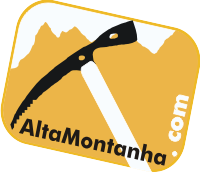


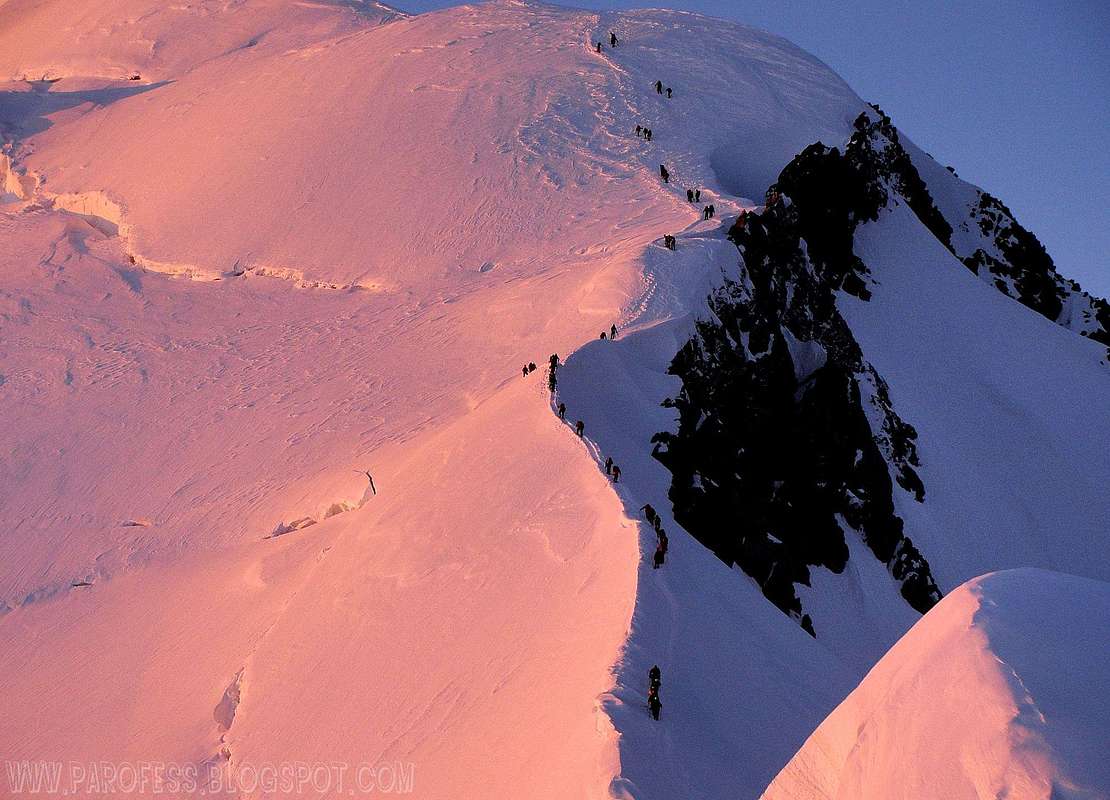
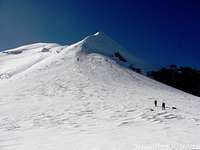

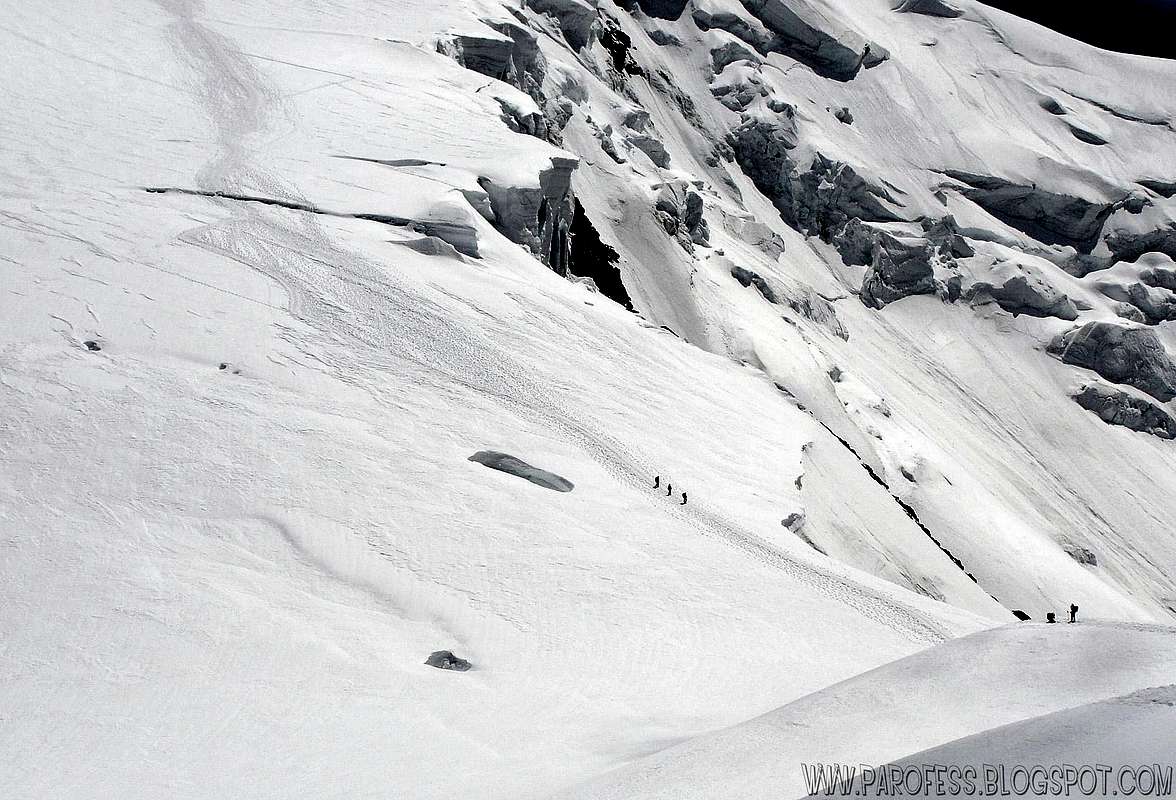
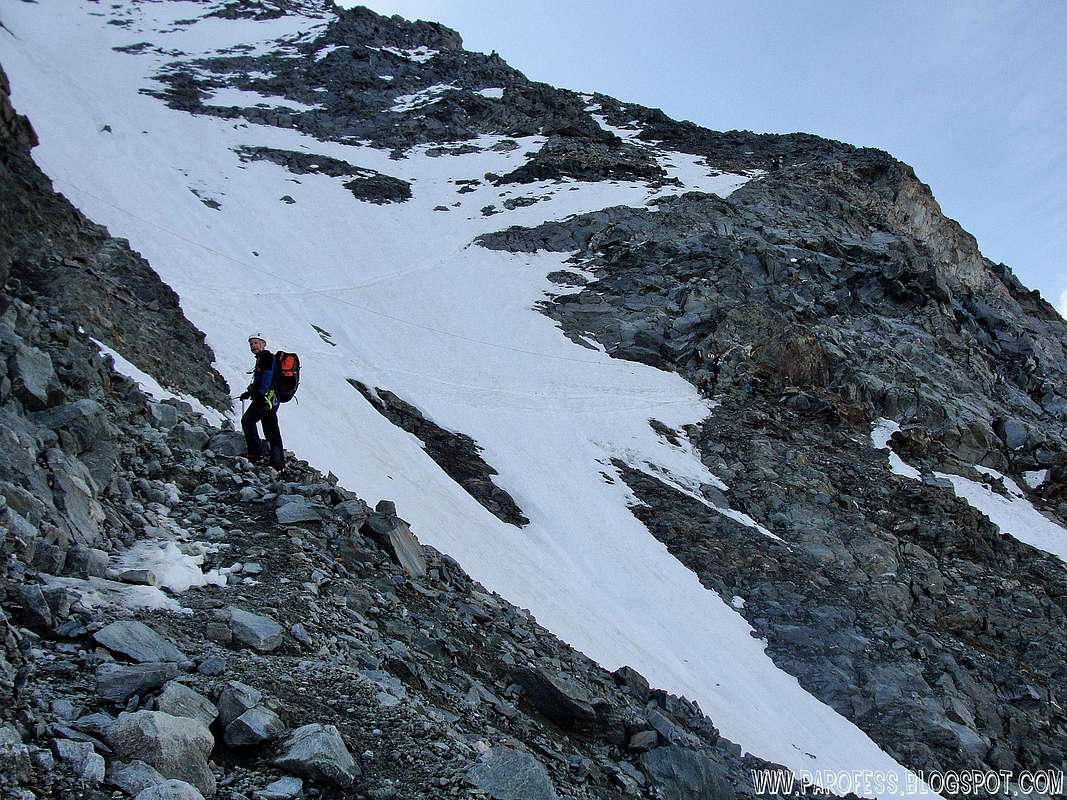
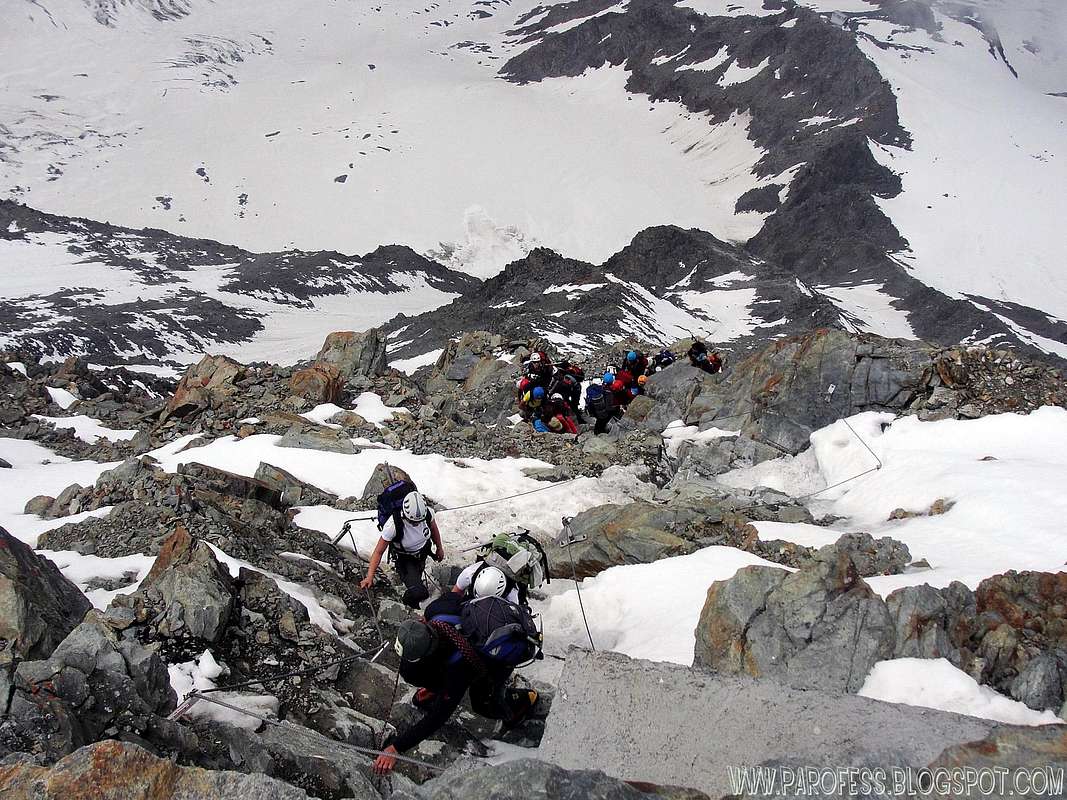


Comments
Post a Comment